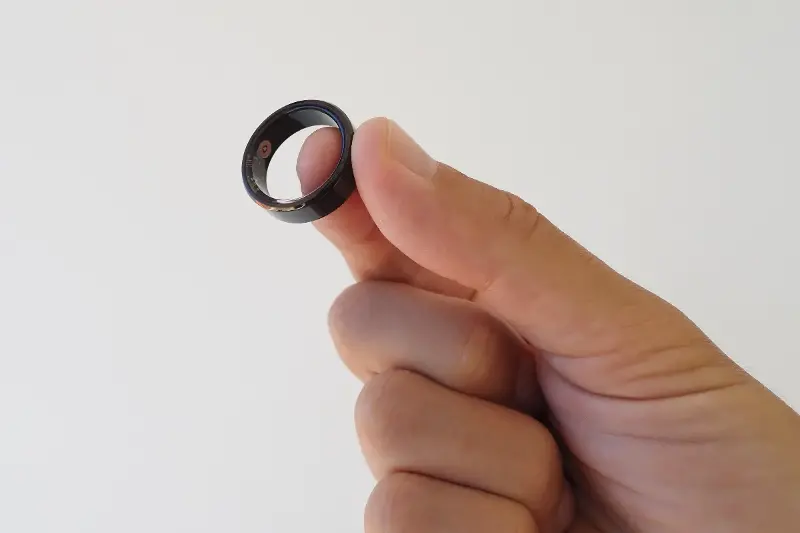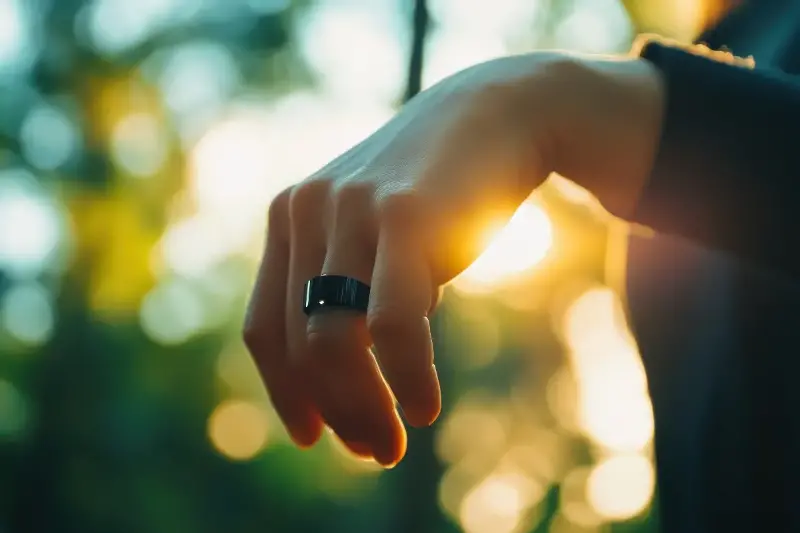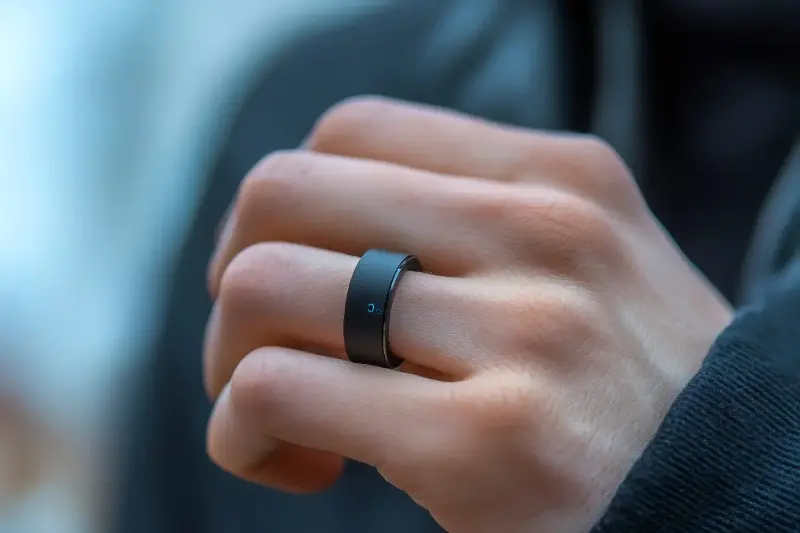As wearable technology becomes more sophisticated, discreet, and dare we say, stylish, smart rings have quietly slipped onto the fingertips of the fashion-forward and the tech-obsessed alike. But are these tiny devices truly practical additions to daily life, or is their popularity fuelled more by hype than by function? Let’s take a closer look at what makes smart rings both tantalising and, potentially, transformative.

Design Meets Daily Utility
At first glance, smart rings are everything we want from tech—sleek, subtle, and unassuming. They glide comfortably onto any hand, often made from hypoallergenic metals or premium ceramics, and come in numerous finishes to complement personal style. No more bulging pockets or attention-grabbing wristbands—just a whisper of futuristic promise.
Yet, beneath their polished exteriors, smart rings pack impressive features:
- Health Tracking: Most leading smart rings, like the Oura Ring or Motiv Ring, monitor step count, heart rate, body temperature, and even sleep stages—sometimes more accurately than wrist-worn devices due to the fingers’ rich blood flow.
- Notifications & Security: Some can deliver gentle vibration alerts for messages or calls. Others, like the McLear RingPay, enable contactless payments—transforming your hand into a digital wallet or digital key for doors and cars.
- Battery Life That Lasts: Unlike smartwatches that need daily charging, many smart rings last up to a week, quietly working round the clock without fuss.
The convenience is eye-catching: Imagine paying for your morning coffee with just a tap of your finger, or checking your vitality score before you even get out of bed.

Are Smart Rings Worth the Hype?
But do these rings live up to their promise, or is their appeal mostly surface deep? The answer, as always with new tech, lies in the details.
Consider these pros and cons:
Advantages:
- Subtlety: No need to announce your tech-savvy status; smart rings blend into your look.
- Comfort: They rarely interfere with movement or activities—the way wristbands sometimes can.
- Discreet Insights: Health and activity data is tracked without the constant distraction of a smartphone.
Drawbacks:
- Limited Display: Unlike watches or phones, rings can’t provide much screen-based information.
- App Reliance: You’ll still need your mobile for deeper insights or notifications.
- Niche Feature Sets: Not all rings support contactless payments, advanced biometrics, or cross-platform compatibility.
Smart rings often shine brightest in specific scenarios—for example, professional meetings where glancing at a watch might seem rude, or during sleep when you want the lightest, least obtrusive tracker. For intense fitness tracking or complex notifications, however, larger devices may still lead the way.

The Social and Personal Edge
Beyond pure functionality, there’s an emotional and aspirational aspect to the smart ring trend. Wearing such an item signals a personal commitment to health, modernity, and subtle luxury. It’s a piece of tech that, paradoxically, encourages us to be more present—less tethered to screens, more mindful of our bodies and moments.
Couples have even started exchanging custom smart rings for long-distance haptic communication—a new twist on intimacy that bridges style and sentiment.
What’s Next? A Future On Your Fingertips
Whether smart rings become indispensable daily tools or stay niche luxury items remains to be seen. The tech is improving fast, with sensors growing more advanced and apps becoming more intuitive.
Ask yourself: If you could access health stats, unlock your car, or make a payment—all by simply tapping your finger—how might it change your sense of convenience, security, or style? Perhaps the next breakthrough device won’t be worn on your wrist or in your pocket at all, but elegantly wrapped around your finger—waiting for a tap that quietly changes everything.
